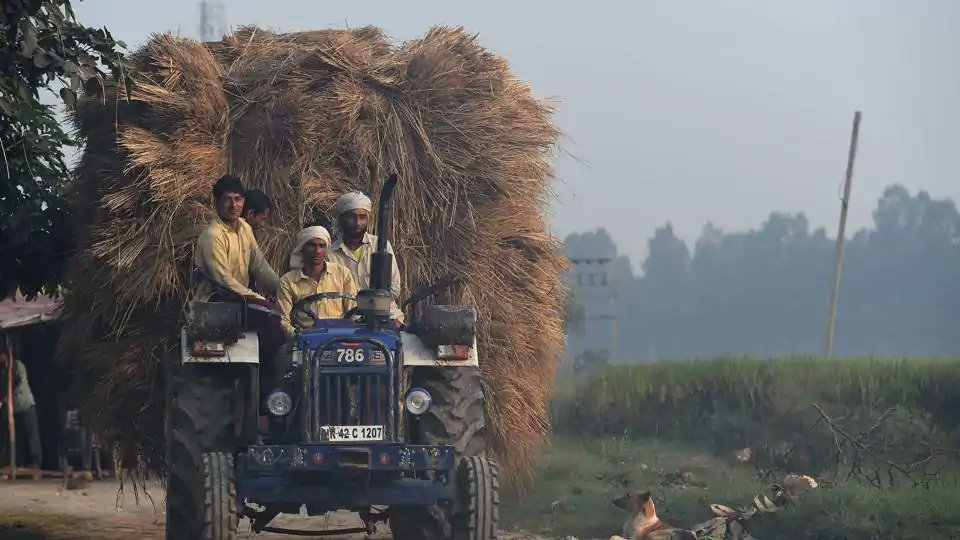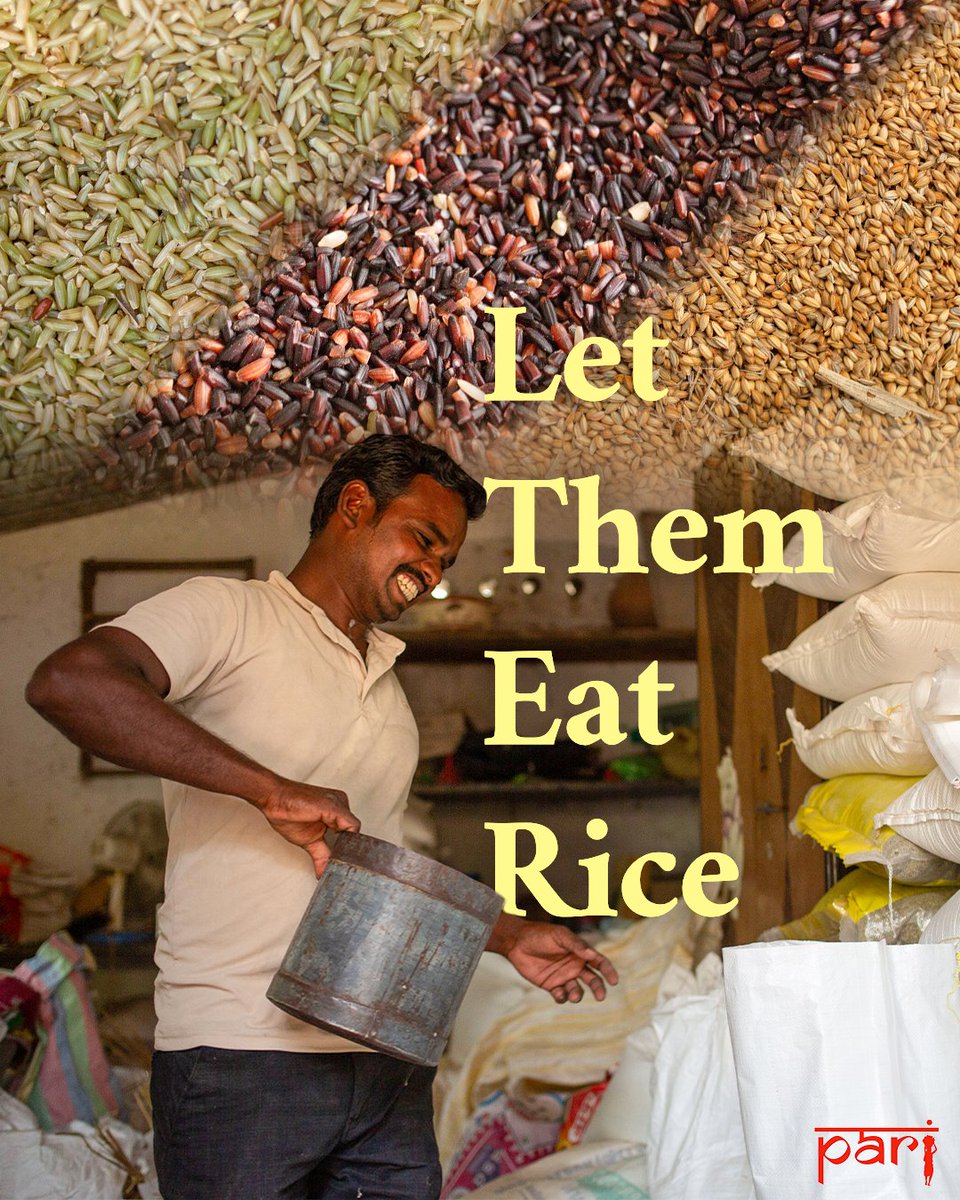The National Commission on Farmers (NCF), chaired by Prof. M.S. Swaminathan did field trips to two important agricultural locations – Punjab & Maharashtra.
Follow the thread to read the main points of its crucial third report. #FarmersProtest
ruralindiaonline.org/library/resour…
Follow the thread to read the main points of its crucial third report. #FarmersProtest
ruralindiaonline.org/library/resour…

This third report discusses a programme to increase farm productivity and profitability without any ecological harm. It highlights the role of technology and says that the effective implementation of research could help achieve a much more successful agrarian economy.
2/n
2/n
According to National Sample Survey Organisation’s (NSSO), the average monthly/capita consumption expenditure of farm households across India was Rs. 503 in 2003. Endemic hunger was high in families without land or livestock, and with small land holdings without irrigation.
3/n
3/n
The NCF asked for progress to be assessed on the basis of the annual rate of growth in farmers’ incomes– not just production or productivity data. In China, the growth rate of farm incomes in 2004-05 was 6%, while in India the figure was -ve due to increasing debt burden.
4/n
4/n
Natural disasters like the tsunami in 2004 and the earthquake in #Kashmir in 2005, Indian farmers were hit by a lack of administrative support and post-harvest infrastructure.
5/n
5/n
The proposed National Agricultural Renewal Year programme of 2006-07 would focus on enhancing soil health, increasing irrigated area, efficient water use, credit and insurance reform, upgrading and disseminating farming-related technology, and farmer-centred marketing.
6/n
6/n
Adopting a ‘National Policy for Farmers’ before 2008, the 61st anniversary of India’s Independence. This policy, in the Commission’s view, needed to embody the true essence of the ‘Jai Kisan’ slogan. #FarmersBills2020
7/n
7/n
It suggested initiating a National Network of Women Scientists and Institutions. This action and policy research network would carry out longitudinal studies of women’s roles in agriculture and rural livelihoods in various agro-ecological regions.
8/n
8/n
India’s agricultural R&D wing – the National Agricultural Research System – is among the largest in the world With more than 20,000 scientists. However, agricultural institutions hadn’t been able to fulfil the “more food, more income and more jobs” agenda.
9/n
9/n
With a domestic market of more than a billion people, only 6.18 % of India’s agricultural commodities in 2002-03 entered the global market.
10/n
10/n
The Commission emphasised the need to increase public spending on agriculture and rural infrastructure, which would create farm and non-farm employment for the rural poor, especially women.
11/n
11/n
It said that both men and women should be recognised as heads of the household, and all property be jointly held or equally shared in case a marriage ends. Land reforms and land rights for women are important, and the state must play a crucial role in their implementation.
12/n
12/n
The transfer of technology to farmers could be made more efficient by considering all aspects of the cultivation-consumption-commerce chain. In the Commission’s view, #farmers had to be an integral part of this process.
13/n
13/n
Crop diversification programmes needed to be supported by research. They would succeed only if both research and the market were kept in mind.
14/n
14/n
By 2020, yield levels should be improved (over the base period of 1994-95) by 56 per cent for rice, 62% for wheat, 36% for coarse cereals, and 116% for pulses. The production of livestock and poultry products should also be improved by 70-80% by 2010 and 136-157 % by 2020.
15/n
15/n
Finally, it was imperative to reduce interest rates for farm loans, at least to the level of loans for consumables like automobiles. The report points that in China, the interest rate for loans to farmers was zero.
#FarmersBills2020 #SwaminathanCommission #FarmersProtest
16/n
#FarmersBills2020 #SwaminathanCommission #FarmersProtest
16/n
• • •
Missing some Tweet in this thread? You can try to
force a refresh






















